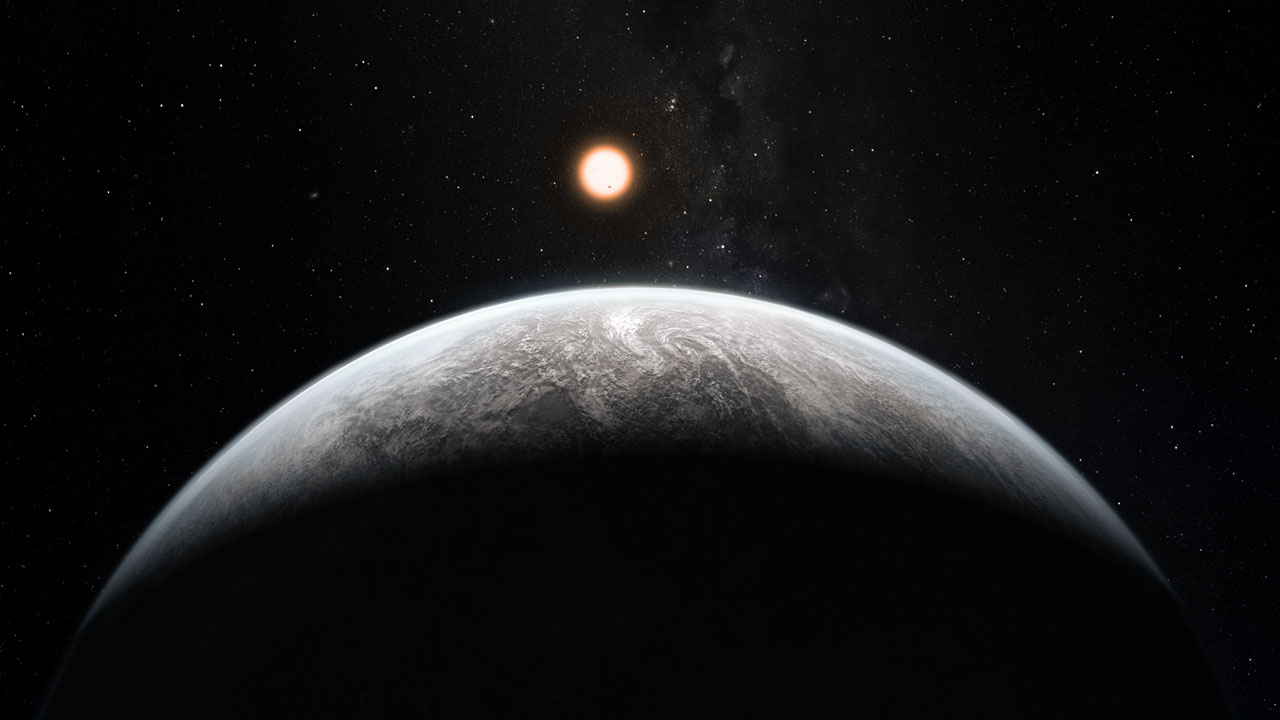We know a ton about the inside of Earth. We know it has both an inner core and an outer core and that the churning and rotation create a protective magnetosphere that shields life from the Sun’s radiative power. It has a mantle, primarily solid but also home to magma. We know it has a crust, where we live, and plate tectonics that moves the continents around like playthings.
But what about Super-Earths? We know they’re out there; we’ve found them. What do we know about their insides? Earth’s structure, and its ability to support life, are shaped by the extreme pressure and density in its interior. The pressure and temperature inside Super-Earths are even more powerful. How does it shape these planets and affect their habitability?
Continue reading “What’s it Like Inside a Super-Earth?”
